How To Play Heads Up Poker: Strategy & Tips for January 2026
Nothing brings out the adrenaline quite like a heads-up game in the No Limit Texas Hold’em world. We previously discussed the top-20 starting hole cards, button strategy and how to count outs. Heads-up play asks a poker player to combine all the tools in an aggressive format.
Below we’ll look at all aspects of how to play heads up, from button management to the correct size of a bet. While it's suggested to play conservatively early or in a deep stack tournament, the exact opposite is true in heads-up play. Find out more by learning about heads-up online poker strategy today.
🏆 Best Heads Up Real Money Online Poker Sites

- Huge Tournament Selection
- Games at All Stakes
- Multi-State Player Pool

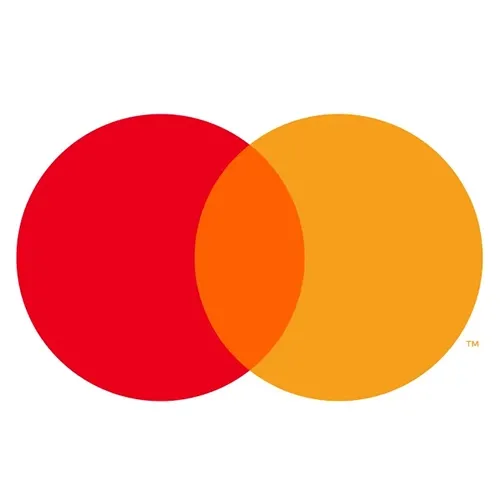


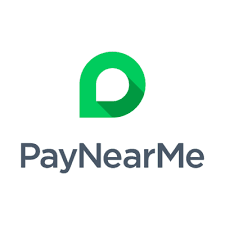



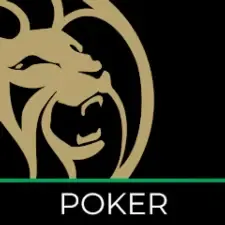
- Variety of Games and Tournaments
- Loyalty Program Through BetMGM Rewards
- Shared Player Pool with Borgata and PartyPoker



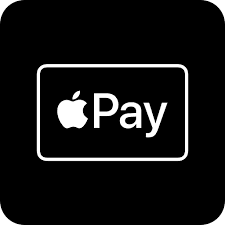







Promo Code

- Cash Games and Tournaments 24/7
- Players Can Earn Cashback Daily
- Shared Player Pool with BetMGM and PartyPoker











Promo Code

- Daily Tournament Schedule
- Large Selection of Poker Variants
- Shared Player Pool with BetMGM and Borgata











Promo Code

- Head-to-Head Poker
- Several High Stakes Tournaments
- Ring Games + Easy Cashouts



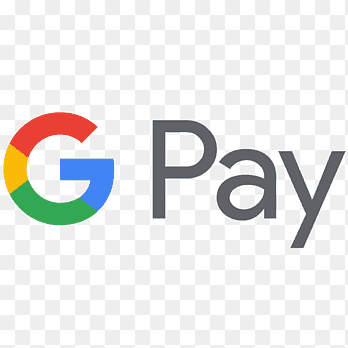
💪 Stay Aggressive
One of the biggest changes in a heads-up situation is the aggressive play of your hole cards.
One hand a player should never consider betting pre-flop at the beginning stages of a poker tournament is J♦️3♣️. It is estimated to lose more than 50% of the time to any other hand without even knowing your opponents hole cards.
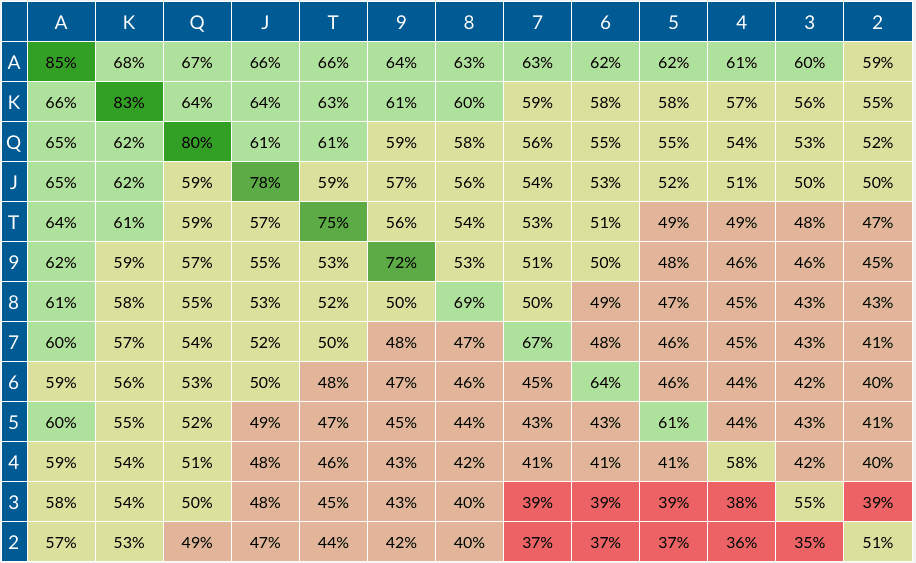
When heads-up against an opponent, an online poker player must rewire the ideology on what hands are playable.
Connected off-suit cards become playable hands pre-flop, while J♦️3♣️ or 9♦️4♣️ become candidates for play depending on the opponent and current chip stack.

A good heads-up poker player will assess the opponents mindset. Some poker players prefer to shove on any cards while others raise the blinds no matter the hole card combination. Conservative players elect to fold small blinds and wait for an ace or face card before playing.
If an opponent is conservative, a player should consider an aggressive approach as to what cards to play pre-flop.

Aggressive heads-up play includes open raising, even implementing a bet size of three times the big blind with any ace or face.
Whether an opponent is playing conservative or electing to double the big blind, implementing a three big blind open raise fits the model of an aggressive head-up strategy.
👀 Catching Bluffs
Another strategy that works well is catching aggressive opponents with modest play. The number of starting hands decreases, but allowing the opponent to dictate the betting pace can lead to a false sense of security.

For example, K♦️ K♥️ would be fantastic starting hand in heads up. It can also lead to a bigger pot by allowing the opponent to dictate pace before a flop of under cards.
If a conservative player does a minimum three big blind bet pre-flop, the aggressive player will detect a strong hand and possibly fold. Allowing an aggressive opponent to dictate check or bet through the flop can have a massive payoff for the conservative player.
The term ‘bluff catching’ refers to the act of allowing an aggressive opponent to run the show. Even with strong hole cards, a player is checking through the flop, betting top pair and looking for a value bet on middle pair.
Conservative certainly does not mean to fold at all times, but betting to stay in the hand for turn is required if the board pairs. Aggressive players will bluff a missed flop, giving opportunity for the conservative player to catch a pot invested opponent
Never forget to change your methodology midstream. Implement a mix of open raising from the small blind, conservative checking through the flop and using a three big blind pre-flop raise. Determining if your opponent is an aggressive bulldozer or a tight conservative will allow you to implement any of the strategies above in heads-up poker.
Looking for a place to test out your heads up skills? We recommend Borgata Poker - use your Borgata Poker bonus code today!
